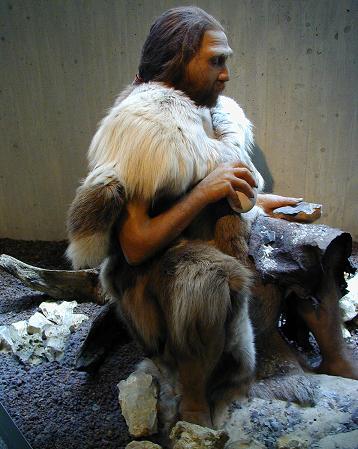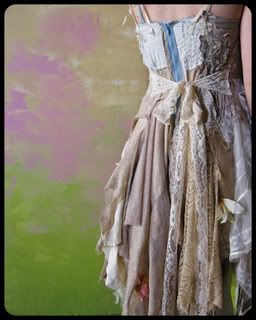Below is the Work of Marna Bernades Who also uses hair and other unusual materials to produce contemporary jewellery such as toothpicks, hair grips, phone cards to name a few.
 Ref:greenupgrader.com
Ref:greenupgrader.comThis is a picture of Music artist Jessie J taken from her music video "Nobody's Perfect". I am interested in this picture as it reflects what I am doing at the moment ( recycling jewellery to make embellishments for garments). In this case the designer has used Gold Watches to embellish her jacket. Her theme is Alice in Wonderland. I got to this point by looking at natural elements such as gold and other semi precious stones and then sourcing and recycling jewellery which would imitate that, but would still be precious in the sense of the hidden memories and stories behind the pieces.


 Bone Needle
Bone Needle



